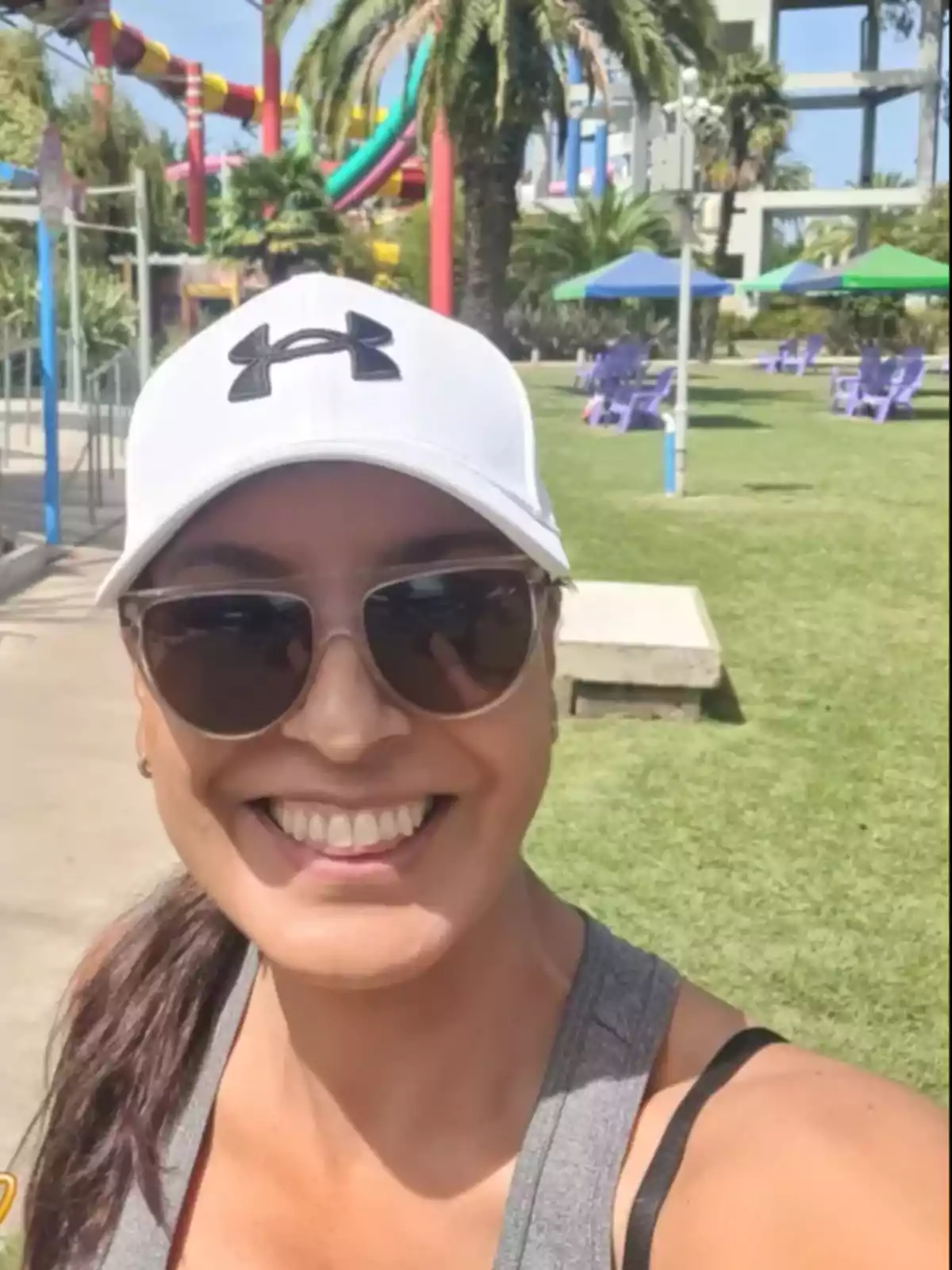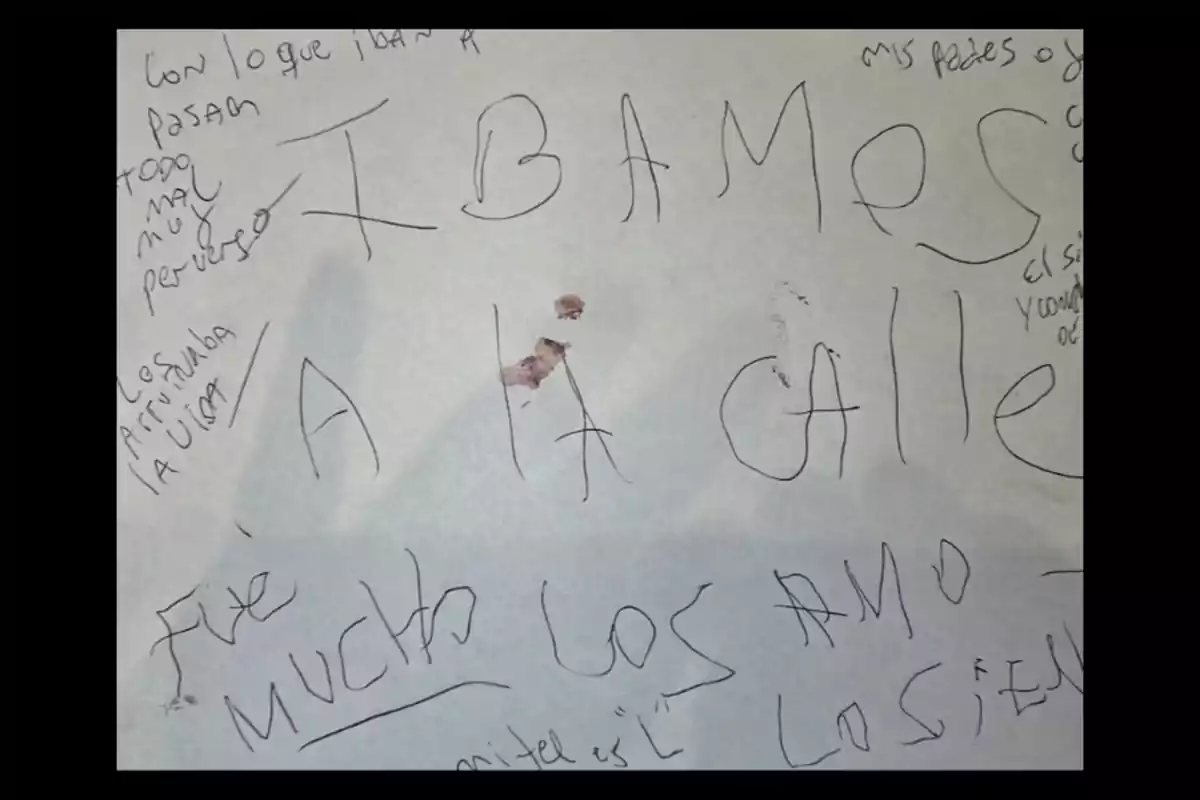
Massacre in Villa Crespo: a failed psychiatric treatment under judicial scrutiny
Laura Leguizamón's psychiatrist confirmed that she was on medication; authorities are investigating why she was not admitted to a hospital
The massacre that shook Villa Crespo continues to reveal shocking details. Laura Leguizamón, 51 years old, was identified as the perpetrator of the triple murder that ended the lives of her husband and their two children. Afterwards, she took her own life in the same family apartment.
The incident took place in a building on Aguirre Street, in the very heart of the Buenos Aires neighborhood. It was the domestic worker who found the bodies and called 911. The crime scene exposed a story marked by mental deterioration and psychiatric treatment that, apparently, was not enough to prevent the tragedy.

A critical condition, without hospitalization
The psychiatrist treating Leguizamón confirmed that she had been under clinical supervision and medication for at least two months. Her identity remains confidential. According to judicial sources, the professional had been very involved recently, since the patient's mental health had deteriorated significantly.

Among the strongest hypotheses, it is believed that the woman was experiencing a severe psychotic episode, possibly related to schizophrenia or major depression. These conditions were inferred from the medications seized in the home: sertraline, an antidepressant, and olanzapine, an antipsychotic commonly used for severe disorders.
A sensitive detail also emerged in the investigation: hospitalization at Hospital Italiano had been suggested, but it was not carried out. A source close to the case stated that Laura was reluctant and that the medical recommendation was not implemented. This point is generating great controversy and is one of the main focuses of analysis for judicial experts.
The letter, the phone unlock pattern, and the final silence
During the operation, the police found a letter written on an A4 sheet. It had blood stains and disordered phrases, with cursive handwriting in different sizes. Everything indicates that Leguizamón wrote it after committing the crimes. She may have even written down her phone's unlock pattern, perhaps as a final gesture to allow access to its contents.
The woman's sister, Nora Leguizamón, confirmed that Laura had started psychiatric treatment two months earlier and that, in recent days, "she was different." The domestic worker had also noticed a change: she mentioned that Laura seemed to have stopped taking her medication.

While the Justice Department awaits the results of the forensic analysis of the electronic devices, the medical records, and the bladed weapons used—a knife and a wide-bladed cleaver—the case has been classified as a triple homicide followed by suicide.
Farewells for the deceased were divided between both families. Nora organized her sister's funeral, while the Seltzer family took care of the remains of Adrián and his sons Ian, 15 years old, and Ivo, 12.
The investigation continues under the jurisdiction of Criminal and Correctional Prosecutor's Office No. 5, led by Prosecutor César Troncoso. Meanwhile, one question echoes strongly: could this tragedy have been prevented if the hospitalization had taken place?
More posts: